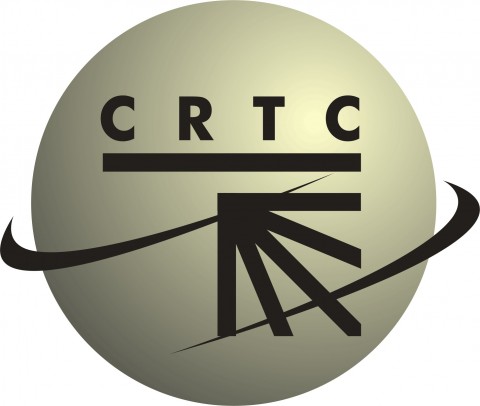
OTTAWA–GATINEAU – Some two thirds of Canadians own a smartphone, and nearly half of Canadians use tablets, according to the 2015 edition of the CRTC’s Communications Monitoring Report.
The report, released Tuesday, is an overview of the six sectors of the telecommunications industry including local, long distance, Internet, wireless, data, and private line. It is the second of three parts in the Communications Monitoring Report.
The adoption of smartphones and tablets continues to grow, with 67% of Canadians owning a smartphone in 2014 compared to 62% in 2013. Tablet ownership increased to 49% compared to 39% year-over-year. The percentage of Canadians who could access fourth-generation (LTE) wireless networks rose from 81% in 2013 to 93% in 2014.
Wireless data usage jumped by 15% in 2014 as Canadians increasingly adopt mobile applications, multimedia services, social networking, Internet browsing and other data-intensive activities on their wireless devices. Canadians with a smartphone or tablet used an average of nearly 1 gigabyte of data per month, continues the report.
The percentage of households that subscribed to an Internet service with a download speed of 16 Mbps or higher increased from 25% in 2013 to 34% in 2014. There is clearly an interest in higher download speeds: the number of customer subscriptions for speeds of 50 Mbps doubled in 2014 compared with the previous year (from 4% to 8%), and subscriptions for 10 Mbps rose from 45% to 55%. In 2014, 87% of high-speed Internet subscribers had access to download capacities of 40 gigabytes, compared to 76% in 2013.
Overall telecommunication service revenues grew by 2.5% to reach $45.9 billion in 2014.
Other highlights from the report include:
Wireless services
– In 2014, there were 28.8 million wireless subscribers in Canada, an increase of 1.5% from the previous year;
– The market share of subscribers served by smaller wireless competitors increased from 5% in 2013 to 6% in 2014;
– In 2014, Canadian households spent an average of $79.08 per month on wireless services.
Internet
– In 2014, broadband availability for residential services (excluding satellite) was 97% nationally; 100% in urban areas and 87% in rural areas;
– The number of households that subscribe to Internet services grew by 3.4% from 11.3 million in 2013 to 11.6 million in 2014;
– The average number of gigabytes downloaded per month by residential subscribers increased by 49% between 2013 and 2014, rising from 45 to 67 gigabytes;
– In 2014, Canadian households spent an average of $38.91 per month on Internet services;
– The market share of subscribers captured by independent internet service providers increased very slightly in 2014 to reach 10.7%.
Landlines
– The percentage of households subscribing to wireline telephone service has declined from 89% in 2010 to 80% in 2013, a reduction of approximately 380,000 households;
– In 2014, Canadian households spent an average of $31.10 per month on home telephone services.
Revenues and expenditures
– The revenues generated by the retail wireless service industry grew to $22 billion, a 3.7% increase over 2013;
– The revenues generated by the retail Internet service industry increased by 8.6% to $8.4 billion;
– The revenues generated by the retail wireline voice communication industry were $9.1 billion, a 4.3% decrease from 2013;
– In 2014, larger telecommunication companies allocated $14.7 billion to capital expenditures for maintaining, improving and expanding networks.




